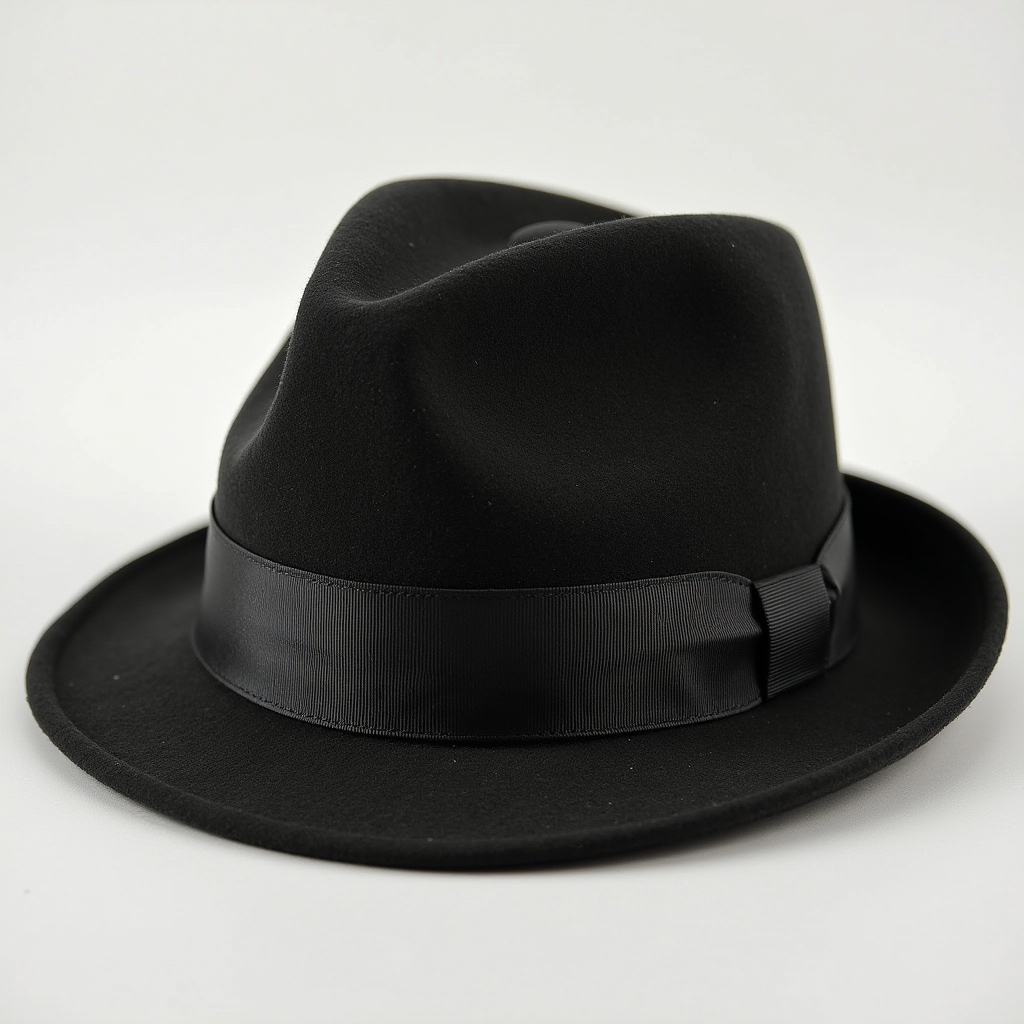Understanding Quality Assessment in Fashion Items
For consumers navigating the replica fashion market, the ability to evaluate quality becomes essential in making informed purchasing decisions. While authenticity is a separate consideration, quality assessment focuses on the craftsmanship, materials, and construction of an item regardless of its origin.
A methodical approach to quality evaluation not only helps identify well-made items but also provides insights into potential longevity, comfort, and value. This guide outlines professional evaluation techniques used by fashion experts to assess quality across various categories of fashion items.
Quality vs. Authenticity: Understanding the Distinction
Before delving into quality assessment, it's important to distinguish between quality and authenticity:
- Quality refers to the standard of materials, construction techniques, and finishing details regardless of who manufactured the item.
- Authenticity refers to whether an item was produced by the brand it claims to represent.
High-quality replicas exist, just as authentic items can sometimes have quality issues. This guide focuses solely on quality evaluation, separate from questions of authenticity.
Materials Assessment: The Foundation of Quality
Leather Goods Evaluation
For handbags, wallets, belts, and shoes, leather quality is often the primary indicator of overall quality:
Visual Inspection
- Grain pattern: Genuine leather has natural variations and imperfections; perfectly uniform "leather" often indicates synthetic materials
- Edge finishing: Quality leather goods have clean, dyed, and sealed edges rather than raw or poorly finished edges
- Stitching uniformity: Stitches should be even, straight, and appropriately sized for the item
Tactile Assessment
- Texture analysis: High-quality leather feels supple yet substantial; it should not feel plasticky or stiff
- Temperature response: Real leather warms quickly to body temperature, while synthetic materials remain cool
- Aroma: Quality leather has a distinctive natural smell that synthetic materials often lack or attempt to mimic with chemicals
Structural Evaluation
- Weight consistency: Quality leather goods have appropriate weight for their size and purpose
- Flexibility test: Good leather flexes naturally without cracking or creasing permanently
- Stress point reinforcement: Examine handles, strap attachments, and corners for proper reinforcement
"The quality of leather is best judged by its behavior over time rather than its appearance when new. Superior leather develops a patina and softens with use, while inferior materials often crack, peel, or degrade quickly." — Leather Artisans Association
Textile Evaluation
For clothing and fabric accessories, quality assessment requires examination of weave, composition, and construction:
Fabric Composition Analysis
- Fiber identification: Natural fibers (cotton, silk, wool, linen) generally offer better breathability and aging characteristics than synthetic alternatives
- Burn test (if possible): Different fibers react distinctively to flame—natural fibers typically produce ash, while synthetics melt
- Weave density: Higher thread counts and tighter weaves usually indicate better quality and durability
Construction Quality
- Seam examination: Quality garments have straight, even seams with appropriate stitches per inch
- Pattern matching: High-quality patterned garments align patterns at seams and pockets
- Selvedge presence: In denim and some other fabrics, selvedge edges indicate higher quality production
Finishing Details
- Hem consistency: Even, properly finished hems without visible flaws
- Button and closure quality: Secure attachment, uniform appearance, and smooth operation
- Lining material: Quality garments feature appropriate linings that enhance comfort and extend garment life
Construction Techniques: Evaluating Craftsmanship
Stitching Analysis
Stitching is one of the most revealing indicators of overall craftsmanship:
Stitch Types and Applications
- Lockstitching: The industry standard for most seams, characterized by even stitches that secure the thread if one point breaks
- Hand stitching: In high-end items, certain elements may be hand-stitched for flexibility or aesthetic purposes
- Edge stitching: Clean, precise stitching near edges indicates attention to detail
Stitch Density and Tension
- Stitches per inch (SPI): Higher SPI generally indicates better quality and durability
- Tension consistency: Stitches should have uniform tension throughout, without puckering or looseness
- Thread quality: Thread should be appropriate thickness for the material and purpose, with consistent color
Hardware Evaluation
Zippers, clasps, buckles, and other hardware components significantly impact both functionality and longevity:
Material Quality
- Metal composition: Quality items use solid metals (brass, nickel, steel) rather than plated plastics
- Weight assessment: Hardware should have appropriate weight and substance
- Finish uniformity: Consistent plating or finishing without bubbling or inconsistencies
Functionality Testing
- Zipper smoothness: Quality zippers operate smoothly without catching
- Clasp security: Clasps and buckles should close securely and align properly
- Attachment methods: Hardware should be securely attached with reinforced stitching or appropriate setting methods
Structural Integrity Assessment
Beyond individual components, overall structural design affects both aesthetics and durability:
Balance and Proportion
- Weight distribution: Quality items distribute weight appropriately when held or worn
- Symmetry: Design elements should be consistently aligned and symmetrical unless intentionally asymmetrical
- Dimensional accuracy: Measurements should be consistent with the item's intended purpose and design
Reinforcement at Stress Points
- Handle attachments: Additional reinforcement where handles join the body of bags
- Corner construction: Extra attention to areas that experience the most wear
- Weight-bearing seams: Proper reinforcement where structural integrity is crucial
Category-Specific Quality Indicators
Handbags and Leather Accessories
Beyond general quality indicators, handbags have specific evaluation points:
Structure and Support
- Base protection: Quality bags often feature protective feet or reinforced bases
- Internal structure: Proper backing and structure that maintains the bag's shape
- Lining attachment: Securely attached lining without bubbling or separation
Functional Elements
- Pocket construction: Pockets should be properly sized and securely attached
- Closure alignment: Zippers, clasps, and magnetic closures should align perfectly when closed
- Handle comfort: Handles should be comfortable to hold and appropriately sized
Clothing Quality Assessment
Garments have unique quality indicators based on their structure and purpose:
Tailoring and Fit Indicators
- Drape quality: How the fabric hangs on the body indicates both fabric and construction quality
- Dart and seam placement: Proper placement creates shape and structure
- Allowance for alterations: Quality garments often include extra fabric in seams for potential alterations
Interior Construction
- Seam finishing: Well-finished seams prevent fraying and extend garment life
- Interfacing quality: Appropriate interfacing provides structure without stiffness
- Lining attachment: Proper attachment allows movement without binding
Footwear Quality Assessment
Shoes require specialized evaluation criteria:
Construction Methods
- Sole attachment: Goodyear welting, Blake stitching, or cemented construction each have quality indicators
- Upper-to-sole joining: Clean, secure attachment without visible glue or gaps
- Heel attachment: Secure, straight attachment with proper reinforcement
Comfort and Support Features
- Insole quality: Properly cushioned and contoured insoles
- Lining smoothness: No internal seams or rough spots that could cause discomfort
- Flexibility appropriate to design: Shoes should flex at the correct points for comfort and durability
Finishing Details: The Hallmarks of Quality
Detail Consistency
In high-quality items, attention to detail extends to every aspect:
- Consistent color matching: All components (leather, thread, hardware) should have consistent coloration
- Edge finishing: Edges should be properly finished, dyed, and sealed
- Symmetry in design elements: Patterns, hardware placement, and decorative features should be symmetrical and consistent
Branding and Identification Elements
While this guide focuses on quality rather than authenticity, brand-related elements often reflect overall attention to detail:
- Logo quality: Clear, precise logo application without bleeding or misalignment
- Font consistency: Uniform font styling and sizing on all text elements
- Serial number/date code presentation: Cleanly applied and properly formatted
Practical Quality Testing Methods
In-Person Evaluation Techniques
When examining an item in person, several simple tests can provide valuable information:
The "Scrunch Test" for Leather
- Gently squeeze or scrunch a small area of the leather
- Quality leather will form natural creases and return to shape
- Poor quality materials may wrinkle permanently or resist natural creasing
The "Fabric Resilience Test"
- Press your finger firmly against the fabric, then release
- Quality fabrics recover quickly, while poor quality materials may remain indented
The "Seam Stress Test"
- Gently pull on opposite sides of a seam (without damaging the item)
- Quality construction will show no thread stretching or seam gaping
- Poor quality items may reveal weakness under slight pressure
Long-Term Quality Indicators
Some quality aspects only become apparent over time:
- Aging characteristics: Quality leather develops an attractive patina rather than wearing away
- Color fastness: Superior dyes and pigments retain their color despite exposure to light and wear
- Structural integrity: Well-made items maintain their shape and function over time
Common Quality Issues to Watch For
Being aware of typical quality problems helps identify items to avoid:
Red Flags in Materials
- Uneven or excessively uniform texture in leather (may indicate synthetic materials)
- Chemical odors instead of natural leather scent
- Fabric that feels thin or insubstantial relative to its purpose
- Overly shiny or plastic-like finishes on materials claiming to be leather
Construction Warning Signs
- Loose threads or uneven stitching
- Visible glue around seams or attachments
- Misaligned patterns at seams
- Crooked or uneven hardware placement
- Interior elements that feel flimsy or poorly attached
Conclusion: Developing Your Quality Assessment Skills
Evaluating fashion item quality is both an art and a science, combining objective assessment criteria with experienced judgment. By paying attention to materials, construction techniques, finishing details, and overall design integrity, consumers can make more informed decisions regardless of an item's origin or price point.
Quality assessment becomes more refined with practice and exposure to various levels of craftsmanship. Consider visiting luxury boutiques to handle authentic high-quality items as reference points, even if you don't intend to purchase them. This experiential knowledge creates a mental library of quality indicators that can be applied across all fashion purchasing decisions.
Remember that quality exists on a spectrum rather than as a binary characteristic. By understanding the elements that contribute to quality, consumers can evaluate items based on their individual priorities, whether those include durability, aesthetic appeal, or value relative to cost.




Reviews (6) Ask a Question
QualityChecker
February 28, 2025 at 9:30 amThe section on examining stitching quality was really helpful. Has anyone developed their own checklist or method for quickly assessing replica quality in a store or when receiving an online order?. I've been comparing different options and https://www.tjluxury2020.com/ has some interesting alternatives.
MethodicalShopper
March 1, 2025 at 11:40 amI've developed a quick 5-point check that I use for all replica purchases: 1) Examine all stitching for evenness, 2) Check hardware for weight and proper engraving, 3) Smell the item (chemical odors are a red flag), 4) Test all zippers and closures repeatedly, 5) Check interior materials and pockets for quality matching the exterior. This catches 90% of quality issues in my experience.
SweaterWeather
March 3, 2025 at 2:15 pmI'm wondering about quality assessment for replica knitwear specifically. The article focuses on leather goods and general clothing, but are there special considerations for sweaters, cardigans, etc.?
CashmereConnoisseur
March 5, 2025 at 10:35 amFor knitwear, I always check the following: 1) Stretch the fabric gently to see if it recovers properly or remains distorted, 2) Look at the side seams and how the patterns align across them, 3) Check for consistency in the knit tension throughout the garment, 4) Rub the fabric between fingers to check for pilling tendency, 5) Hold it up to light to check for thin spots or inconsistencies in the knit.
OnlineShopper
March 7, 2025 at 1:20 pmDoes anyone have tips for assessing quality through photos when purchasing online? It's hard to apply many of these techniques without handling the item first. Has anyone compared these with
Christopher Davis
May 13, 2025 at 3:11 pmrep vs auth rayban sunglasses, big difference?
Sarah Johnson
May 13, 2025 at 3:11 pmlooking for 1:1 designer belts, recommendations?
Michael Rodriguez
May 13, 2025 at 3:11 pmgood dupe for cartier glasses anyone? Reference: https://www.tjluxury2020.com/LV-Neverfull-Bag-099-DB043-32cm-p27879042.html
Ask a Question or Leave a Review